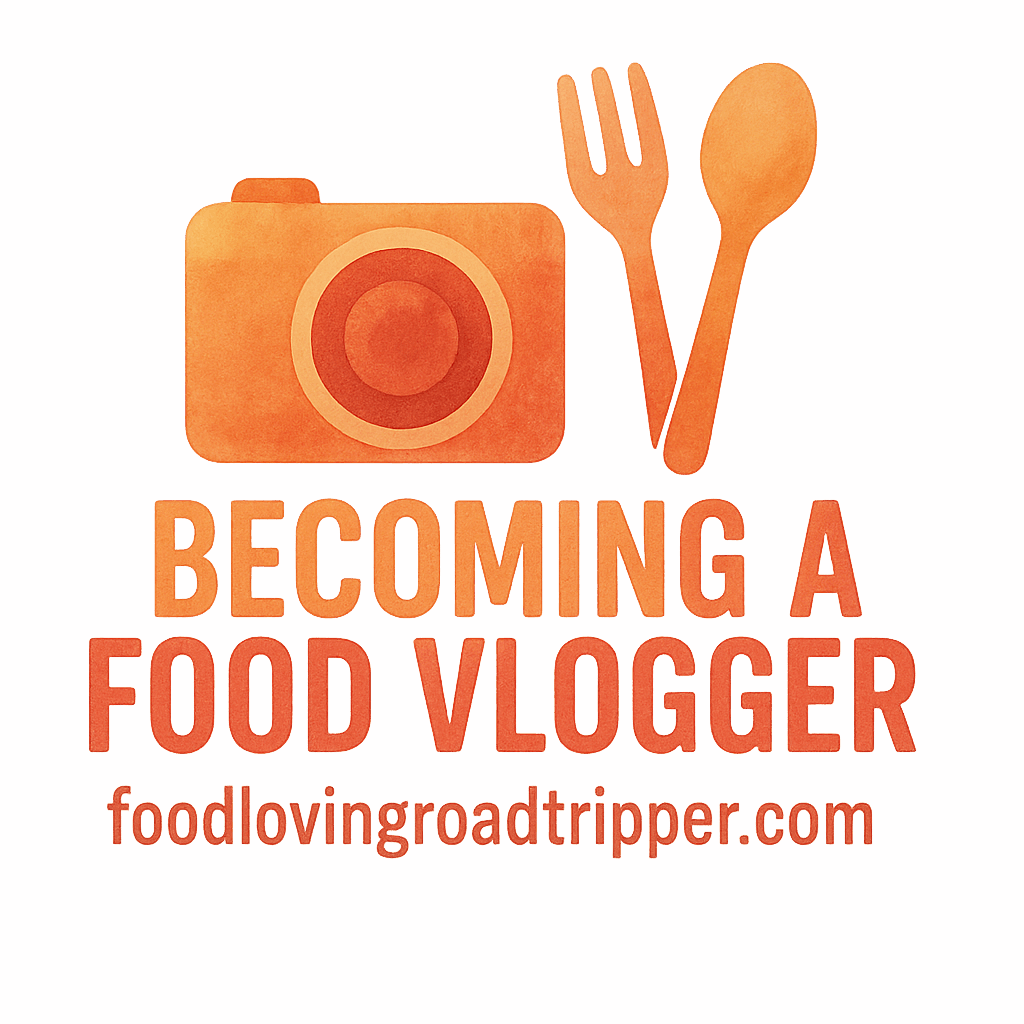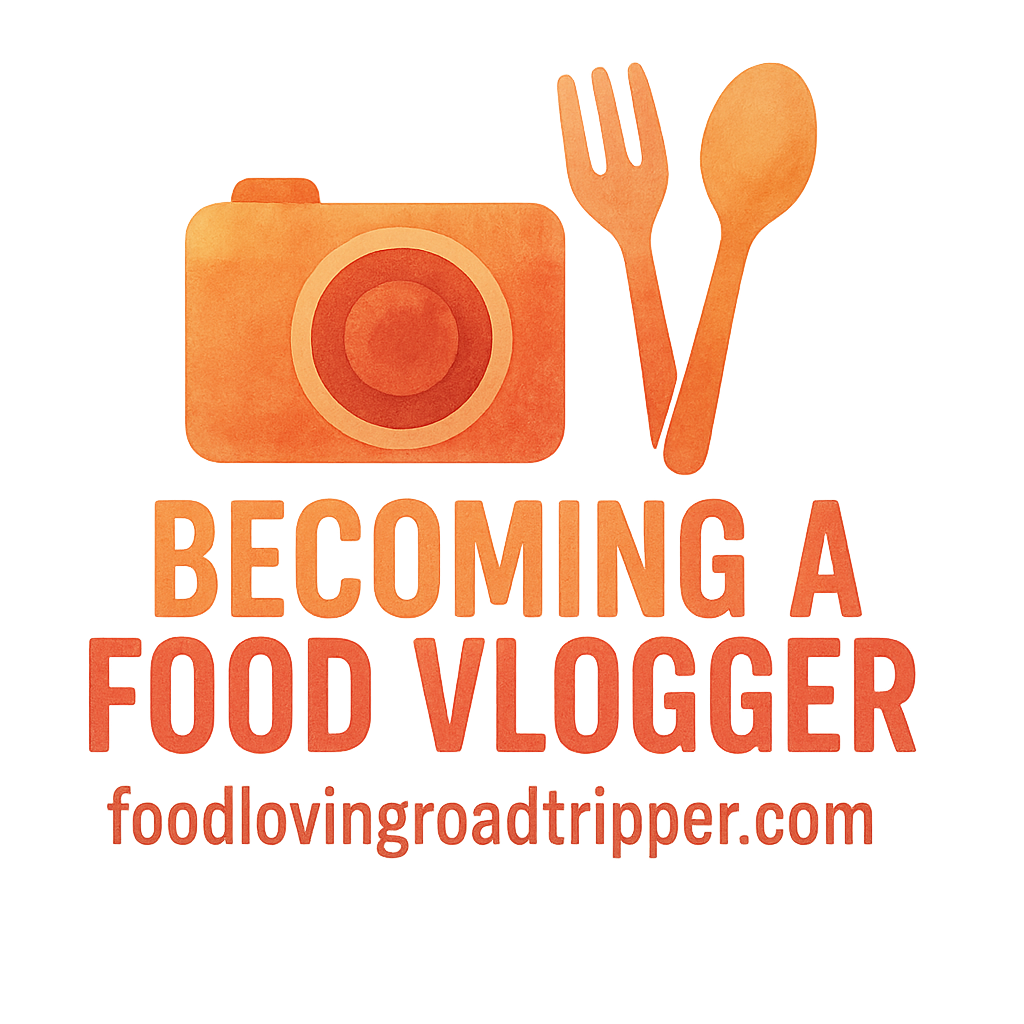Introduction
Food vlogging has become one of the most exciting and profitable trends in the online world. From cooking tutorials to food reviews and travel adventures, there’s no shortage of content ideas for food lovers. But how do you stand out in the crowded space of food vloggers? In this comprehensive guide, we’ll break down the 10 essential steps that will help you become a successful food vlogger. Whether you’re looking to turn your passion into a full-time career or simply want to share your love of food with the world, this post will provide you with everything you need to know.
Why Food Vlogging is a Popular Trend
Food vlogging has taken the world by storm, and for good reason. People love watching videos that not only showcase food but also tell a story. Whether it’s exploring local food scenes, experimenting with recipes, or sharing tips on cooking, food vlogs offer endless possibilities for creativity. According to a recent report, the food content niche on platforms like YouTube and Instagram has grown significantly. This is where your opportunity lies. Not only can food vlogging be fun, but it also allows for flexibility and creativity while offering the potential for monetization.
Step 1: Choose Your Niche
The first step in becoming a successful food vlogger is to choose your niche. What sets you apart from other food vloggers? Are you a vegan enthusiast? A street food aficionado? Or maybe you’re passionate about low-budget meals? Deciding on a niche that you genuinely enjoy will help you create content that resonates with your audience. Some ideas for food vlogging niches include:
- Healthy Eating: Share recipes or reviews focused on nutritious, balanced meals.
- Food Travel Vlogging: Take your viewers on culinary journeys across the world.
- Home Cooking: Focus on everyday recipes that your audience can easily recreate.
Identifying your niche can help you carve out a unique space in the food vlogging community, making it easier to attract and engage your target audience.
Step 2: Invest in Quality Equipment
Creating professional-looking videos starts with investing in the right equipment. While you don’t need to spend a fortune, certain items will make a significant difference in the quality of your content. For example:
- Camera: A high-quality DSLR or mirrorless camera is ideal for shooting food close-ups and details. If you’re on a budget, smartphones can also produce excellent results.
- Microphone: Clear audio is essential. Investing in a good microphone will ensure your voice is crisp, especially if you’re providing commentary.
- Lighting: Proper lighting is crucial for food vlogging. Consider investing in softbox lights or ring lights for consistent and flattering lighting. You can also read more on how lighting affects food photography at Food Loving Roadtripper – Equipment & Tools.
When you get the basics right, your videos will have a professional touch, making them more appealing to your audience.
Step 3: Plan Your Content
Content planning is key to ensuring you stay on track and post consistently. A well-organized content calendar helps you map out your ideas ahead of time and ensures that you don’t run out of content ideas. Consider:
- Themed Series: For example, dedicate one week to budget-friendly recipes or another week to seasonal dishes.
- Collaborations: Partner with other food vloggers or brands to expand your reach.
To get a clearer view on content creation tips, check out this detailed guide on content creation strategies. It’ll help you streamline your planning process and give your viewers something to look forward to.

Step 4: Master Food Photography & Videography
The way food looks on camera can make or break your video. Food photography and videography are essential skills for every food vlogger. Here are some tips to get the perfect shot:
- Use the Right Angles: Top-down shots are great for plating, while close-ups show off the textures of food.
- Composition: Focus on simple, clean compositions to highlight the food without distractions.
- Editing: Enhance your videos with color correction and sharpen the details of your dishes.
It’s important to keep experimenting with different angles and lighting setups to see what works best. For an in-depth guide on how to take better food photos, be sure to check out Food Loving Roadtripper’s photography tips.
Step 5: Develop Your Personal Brand
Your personal brand is what makes you unique in a sea of food vloggers. Whether it’s your quirky personality or your specific food expertise, building your personal brand helps attract and retain an audience. Here’s how you can develop your brand:
- Consistency: Use the same tone and style across all platforms, from your YouTube channel to your Instagram profile.
- Visual Identity: Your logo, fonts, and colors should reflect your personality and be easily recognizable.
- Authenticity: Audiences love genuine, relatable vloggers. Be yourself and let your passion for food shine through.
If you’re looking for tips on building your personal brand, check out the Food Loving Roadtripper – Growth Marketing guide.
Step 6: Be Consistent with Uploads
Consistency is vital when building a successful food vlog. The more often you upload, the more likely your audience is to return and engage with your content. Develop a schedule that works for you—whether it’s weekly, bi-weekly, or monthly—and stick to it. Having a content calendar helps you keep track of video ideas and deadlines.
Step 7: Engage with Your Audience
Engaging with your audience helps you build a community of loyal followers who are invested in your content. Reply to comments, interact with followers on social media, and ask your viewers for their opinions on future content. Hosting Q&A sessions or responding to food-related questions can also help build rapport with your audience.
Don’t forget to use engagement tactics to grow your followers! Check out more on engagement strategies for a deeper dive into effective engagement techniques.
Step 8: Use Social Media to Grow Your Reach
Social media platforms are powerful tools for food vloggers. Use Instagram, Facebook, and TikTok to promote your content and interact with your audience. Share behind-the-scenes footage, sneak peeks of upcoming recipes, or quick food hacks. By actively participating in food-related hashtags and trends, you can increase your visibility.
Don’t forget to leverage hashtags and collaborate with other influencers. This will help you expand your reach and connect with a larger audience. For further insights on using social media for growth, visit Food Loving Roadtripper – Growth.
Step 9: Monetize Your Vlog
As your audience grows, you can begin monetizing your food vlog. Here are some of the most common revenue streams for food vloggers:
- Ad Revenue: Platforms like YouTube share ad revenue with content creators based on video views.
- Sponsored Content: Partnering with brands allows you to promote products in exchange for compensation.
- Affiliate Marketing: Share links to kitchen tools or ingredients used in your videos, and earn a commission when your followers make a purchase.
If you’re new to monetization, start by checking out this guide on Monetization Strategies for detailed advice on how to get started.
Step 10: Learn from Analytics & Improve
Finally, monitor the performance of your videos through analytics. YouTube, Instagram, and other platforms provide insights into how your content is performing. These metrics can help you understand what resonates with your audience and guide your future content strategy. Pay attention to watch time, engagement rate, and viewer demographics to continuously improve.
Common Challenges of Food Vlogging
While food vlogging can be incredibly rewarding, there are challenges along the way. Common obstacles include:
- Time Constraints: Filming, editing, and posting regularly can be time-consuming. Staying organized with a content calendar will help you manage your time effectively.
- Expensive Equipment: High-quality gear can be expensive, but you can start small and upgrade as you grow.
- Dealing with Criticism: Not all feedback will be positive, but learning to handle criticism is part of growing as a content creator.
Conclusion
Becoming a successful food vlogger takes time, dedication, and the right strategy. By focusing on your niche, investing in quality equipment, and staying consistent, you’ll be well on your way to building a loyal audience. Don’t forget to engage with your viewers, leverage social media for growth, and monetize your content as your channel expands. With perseverance and passion, you can turn your food vlog into a thriving online business.
FAQs
- How do I choose the best niche for my food vlog?
Focus on what excites you most, whether it’s healthy cooking, food travel, or another niche. Your passion will come through in your content. - Is it necessary to have professional equipment?
Not initially. Start with your smartphone and basic lighting, then upgrade as your audience grows. - How do I keep my audience engaged?
Respond to comments, ask for feedback, and create interactive content like polls or Q&As. - Can I monetize my vlog right away?
It takes time to build an audience, but once you do, monetization through ads, sponsorships, and affiliate links is a possibility. - How can I grow my food vlog faster?
Be consistent with uploads, engage with followers on social media, and collaborate with other creators in the food niche. - What are the best platforms for food vlogging?
YouTube, Instagram, and TikTok are great platforms for food vloggers to share content and build an audience. - How do I improve my food photography skills?
Experiment with different angles, lighting setups, and camera settings to improve the look of your videos and photos.
Tanya ChatGPT


